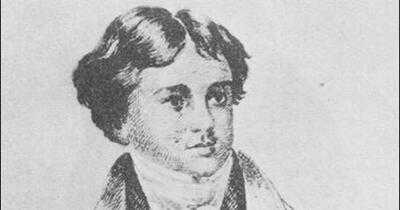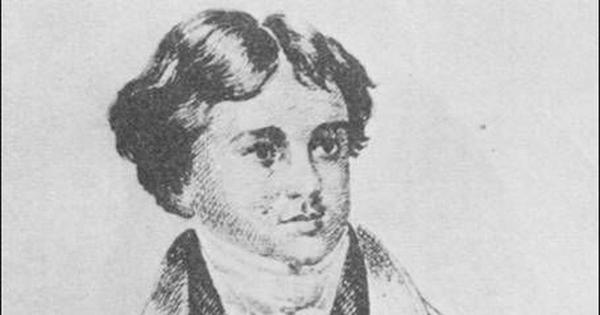

Modernity needs a crucible and a tree, the former where seminal ideas and practices germinate and the latter where they flower. If there was one crucible of art in India in the 19th century, it was Calcutta. Calcutta could be looked upon as a crucible of modernity, where over the past centuries, it has been a melting pot for various currents. They were ignited by economic, social, and cultural transformative forces that shaped the urbanisation of Calcutta. In the popular and intellectual terms of discourse, modernity implies the production and adoption of new ideas and ways of thinking that defy or depart from the traditional lifestyle and ideas. In this sense, modernity reinvents itself and changes its shape with every stage in the socio-economic transformation of society, and can therefore be ancient and contemporary. Modernity in Calcutta introduced the concepts of freedom, equality, and fraternity, which helped frame democratic and egalitarian forms of political governance in the modern Western world in the 19th and 20th centuries. This was also felt in Calcutta.
Calcutta in the 19th century became the locus of exchange between the British metropolis and its Indian colony. Its port, built by the British, served to export native raw materials...-
MMRDA Enforces Strict Manpower Policy To Fast-Track Mumbai Metro Projects, ₹1–2 Lakh Daily Fine For Labour Shortfall

-
BPSC Assistant Professor Recruitment: Last date to apply extended till June 30, details here

-
RSSB VDO recruitment 2025: Apply for 850 VDO posts till July 18, details here

-
BBC Breakfast's Naga Munchetty details reason she'll never wear white on-air

-
The new EU rule affecting Brits going on holiday abroad
